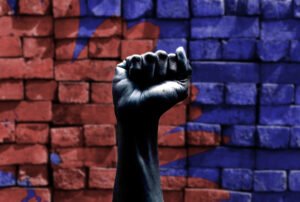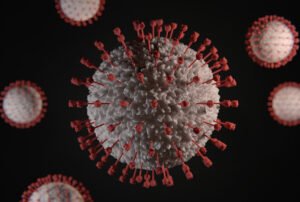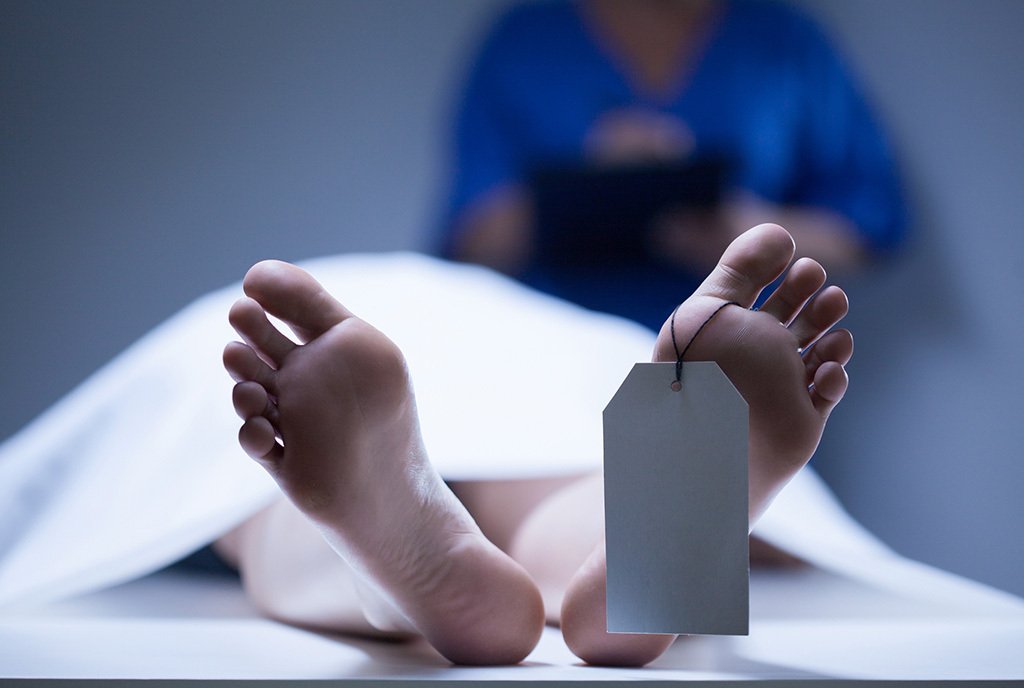
December 9, 2020; The Conversation
While we don’t have data on the acceptance of the COVID-19 vaccine, a history of declining other vaccines, like a yearly flu shot, could be an indicator of how individuals and their communities may react towards the COVID-19 vaccine. If so, the data suggest that Black, Native, and Latinx Americans, even as they suffer disproportionately from COVID-19, may be more reluctant to get vaccinated.
In The Conversation, Pamela Aaltonen, professor emerita of nursing at Purdue, and her university colleague Jennifer Coddington write about the response of the Latinx community over time to the flu vaccine:
Every year, tens of millions of Americans forgo the flu vaccine. During the 2019-2020 flu season, fewer than half of US adults got the shot. The [Latinx] population is more reluctant than most other groups to get the flu vaccine and often pays a high price with their health. An analysis by the Centers for Disease Control and Prevention of 10 flu seasons showed the [Latinx] community had the third highest flu-related hospitalization rates of any demographic group.
In the case of the flu vaccine, the Latinx population pays the price with poorer health outcomes and the greater financial burdens that too often comes with loss of work and hospitalization. Last season, only 38 percent of Latinx adults elected to get a flu shot.
The Latinx community is not the only community where vaccination rates are low, however. Last year, only 41 percent of Black adults and 42 percent of American Indian or Alaska Native adults got flu shots, marginally higher than the Latinx community rate. By contrast, 52 percent of Asian adults and 53 percent of white adults got flu shots, which, although higher, still means that vaccination rates are modest across the board.
What does this mean for the likely public acceptance of COVID-19 vaccines?
To begin, a word of caution: People may respond differently to the COVID-19 vaccine—for good reasons. For one, COVID-19 mortality vastly exceeds flu mortality. Last year, 22,000 Americans died from the flu, while over 300,000 have died this year from COVID-19. There is a gap in vaccine effectiveness, too. Last year’s flu vaccine was found to be 45 percent effective; COVID vaccines are reportedly 95 percent effective (even if their true effectiveness is only knowable after use is generalized).
In short, the risk from not getting a COVID vaccine is higher, while the likelihood of protection is greater, so more people may get immunized for COVID-19 than the flu.
Sign up for our free newsletters
Subscribe to NPQ's newsletters to have our top stories delivered directly to your inbox.
By signing up, you agree to our privacy policy and terms of use, and to receive messages from NPQ and our partners.
Still, people reluctant to get flu shots may also be less likely to get immunized for COVID-19. What can we learn from nonprofits’ efforts to increase flu vaccination rates?
As the cost of basic healthcare has slipped out of the reach for too many Americans, nonprofit healthcare hybrids have stepped in to address gaps in coverage in some communities. From their scatterplot success stories there have been hints to the keys to success that could be emulated to build trust about the COVID vaccine. As a bonus, the ingredients seem to be actions that should be on every nonprofits radar, nurturing diversity, inclusion, and cultural competency.
In their research, Aaltonen and Coddington examine the Family Health Clinic of Monon, a rural Indiana nonprofit that has worked hard to build trust within the community and their 52-percent Latinx clientele using a strikingly simple and too often overlooked formula. The staff is culturally competent—many speak Spanish. The clinic participates regularly in community events, and Family Health Clinic safeguards its reputation of providing affordable and safe medical care. This means staff are viewed as trusted community members when they are addressing questions and concerns about the vaccine and other healthcare decisions.
For the Monon Family Health Clinic, the dedication to inclusion continues all the way to the top. The board of the clinic mirrors the community in its makeup. According to its website, by the end of 2020, Family Health Clinic anticipates treating over 8,400 individuals during 24,000 visits with a medical or behavioral health provider. As Aaltonen and Coddington find in their research, building community trust has been a key factor in laying the groundwork so that patients are willing to get a flu shot for themselves and their families. This same trust could also prove crucial to achieving widespread acceptance of the various COVID vaccines, leading to healthier communities for all, with far greater health equity.
Of course, building trust is not just important in the Latinx community. Indeed, similar culturally competent outreach will be required in every community. To encourage greater vaccination rates among Black Americans, for example, the National Urban League hosted a Facebook Live event, hosted by Howard University president Wayne Frederick.
Dr. Kizzmekia Corbett, a 34-year-old Black scientist who helped develop one of the vaccines, has also been part of the outreach effort, recently speaking with Dr. Sanjay Gupta on the podcast Coronavirus: Fact vs. Fiction.
“Trust, especially when it has been stripped from people, has to be rebuilt in a brick-by-brick fashion,” she said. “And so, what I say to people firstly is that I empathize, and then secondly is that I’m going to do my part in laying those bricks. And I think that if everyone on our side, as physicians and scientists, went about it that way, then the trust would start to be rebuilt.”
The “brick by brick” metaphor is a good one. Public events and public service announcement campaigns can certainly help build public trust and lay some of those bricks. But on-the-ground efforts like that rural Indiana clinic working with Latinx patients are also critically important.—Carrie Collins-Fadell, MPA













